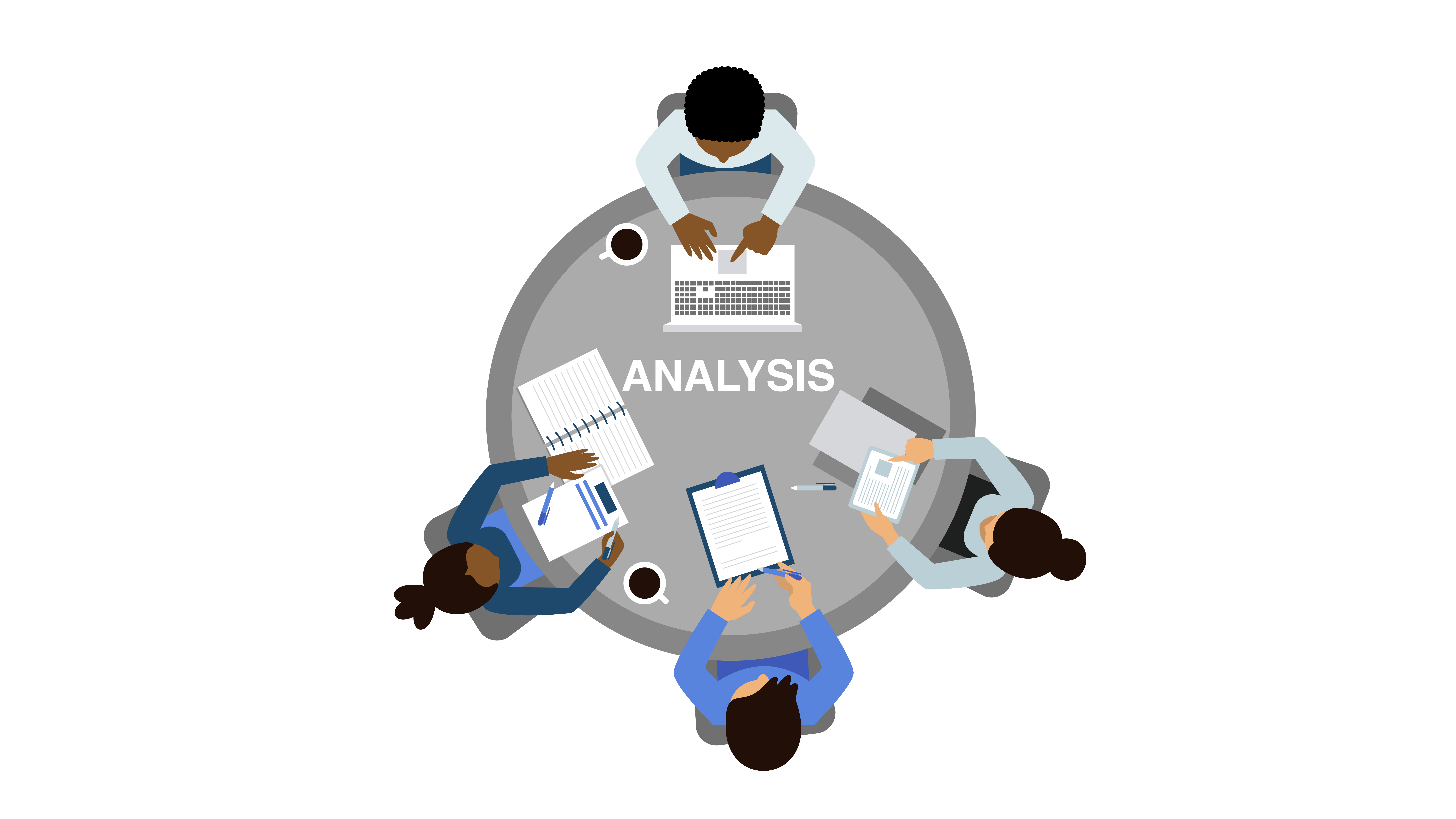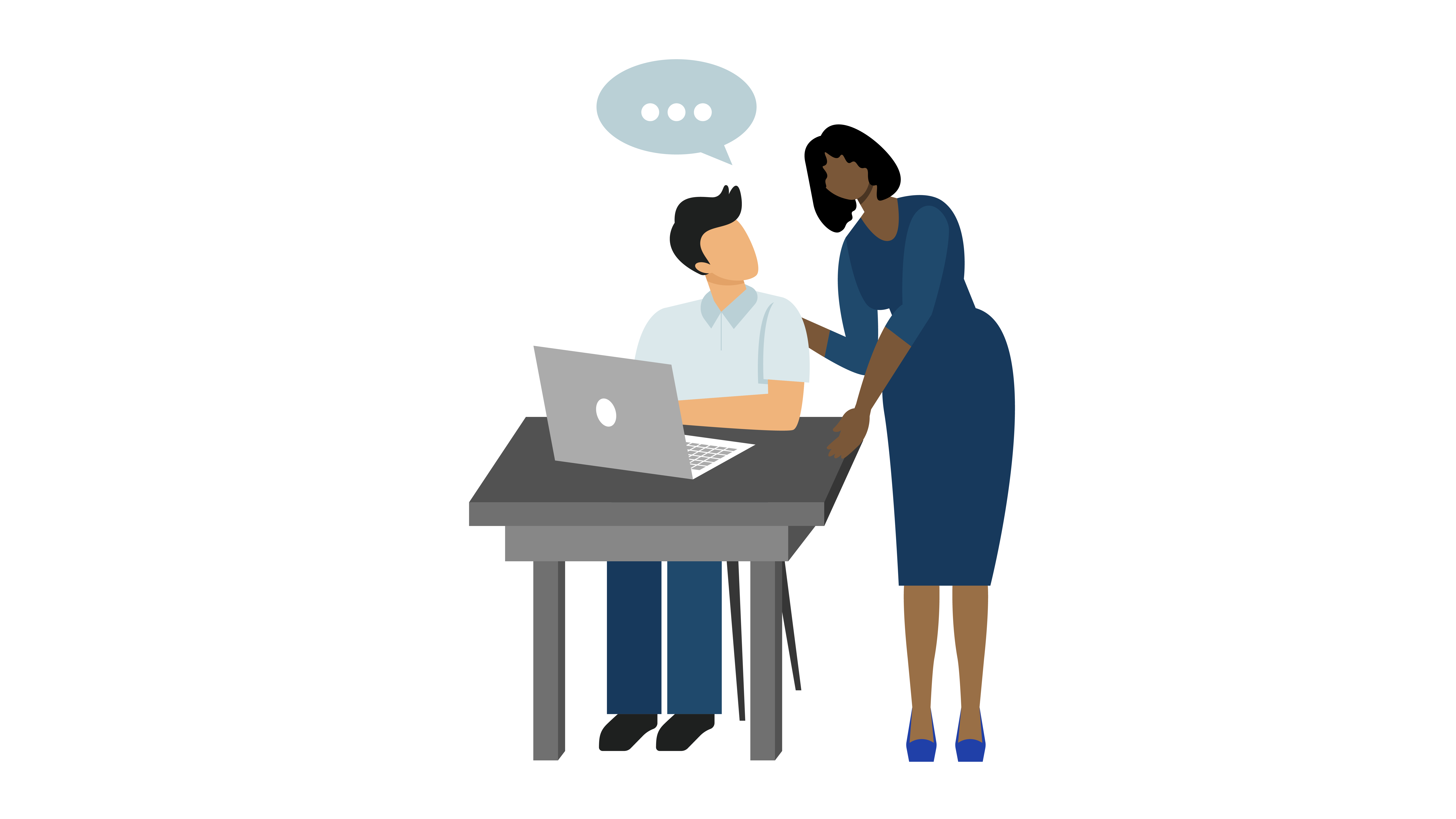Featured
Modern organizations need to have an centralized location for Customer Data Platforms (CDPs). It is an essential tool. The software tools provide an improved and complete picture of customers' needs they can use to focus marketing efforts and enhance customer experiences. CDPs come with a wide range of features that can be used to improve data governance, data quality and formatting data. This allows customers to be compliant with how they're stored, used, and access. With the ability to pull data from different APIs such as CDPs also allow organizations to use other APIs, CDP additionally allows companies to place customers at the heart of their marketing initiatives and improve their operations and get their customers involved. In this article, we will look at the benefits of CDPs in companies.
cdps
Understanding CDPs: A client data platform (CDP) is a computer program that allows businesses to collect, store, and manage data about customers in one central place. This provides a clearer and more complete view of your customers and helps you target your marketing and customize customer experience.
-
Data Governance The most significant advantages of a CDP is its capacity to classify, protect and monitor information in the process of being incorporated. This involves profiling, division and cleaning of the data coming in. This ensures compliance with data laws and regulations.
-
Data Quality: Another crucial aspect of CDPs is ensuring that the data that is collected is of high quality. That means data needs to be entered in a correct manner and meet the quality standards desired. This reduces the need to store, transform, and cleaning.
-
Data Formatting Data Formatting CDP is also used to ensure that data conforms to an established format. This allows data types like dates to be linked across customer records and guarantees the same and consistent data entry. cdp's
-
Data Segmentation Data Segmentation: A CDP can also facilitate the segmentation of customer information to gain a better understanding of the different types of customers. This allows you to test different groups against one another and get the right sample distribution.
-
Compliance The CDP lets organizations handle customer data in a way that is compliant. It permits the defining of secure policies, the classification of data based on those policies, and even the detection of violations of policies when making marketing-related decisions.
-
Platform Selection: There's many CDPs available, and it is essential to understand your requirements prior to choosing the right one. This is a must when considering features like data privacy , as well as the ability to access data from other APIs. what is a cdp
-
The Customer at the center The Customer is the Center of Attention CDP lets you integrate live customer data. This will give you the immediate accuracy of precision, accuracy, and unison which every department in marketing requires to enhance operations and connect with customers.
-
Chat, Billing and more Chat, billing and more CDP makes it easy to find the context for great conversations, no matter if you're looking for billing or chats from the past.
-
CMOs and big data 61% of CMOs think they're not using enough big data, as per the CMO Council. A CDP could help overcome this issue by offering an entire view of the customer , allowing to make more efficient use of data to improve marketing and customer engagement.
With numerous different types of marketing technology out there every one generally with its own three-letter acronym you may question where CDPs originate from. Although CDPs are among today's most popular marketing tools, they're not a totally originality. Instead, they're the most recent action in the evolution of how marketers handle consumer data and client relationships (Customer Data Platforms).

For many marketers, the single biggest worth of a CDP is its ability to section audiences. With the abilities of a CDP, marketers can see how a single client interacts with their company's various brands, and determine chances for increased customization and cross-selling. Of course, there's much more to a CDP than division.
Beyond audience division, there are 3 big factors why your business may want a CDP: suppression, personalization, and insights. Among the most interesting things marketers can do with data is recognize customers to not target. This is called suppression, and it becomes part of delivering really customized consumer journeys (What is a Cdp). When a client's combined profile in your CDP includes their marketing and purchase data, you can reduce advertisements to customers who've currently made a purchase.

With a view of every consumer's marketing interactions linked to ecommerce information, site visits, and more, everybody throughout marketing, sales, service, and all your other teams has the opportunity to comprehend more about each consumer and deliver more individualized, relevant engagement. CDPs can assist marketers attend to the root triggers of a number of their greatest day-to-day marketing problems (Marketing Cdp).
When your data is detached, it's harder to understand your consumers and produce meaningful connections with them. As the number of data sources utilized by marketers continues to increase, it's more vital than ever to have a CDP as a single source of fact to bring everything together.
An engagement CDP utilizes client data to power real-time personalization and engagement for customers on digital platforms, such as sites and mobile apps. Insights CDPs and engagement CDPs make up most of the CDP market today. Extremely few CDPs consist of both of these functions equally. To select a CDP, your business's stakeholders need to consider whether an insights CDP or an engagement CDP would be best for your requirements, and research the couple of CDP options that consist of both. Cdp Product.
Redpoint GlobalLatest Posts
Understanding the Different Types of CDPs Available
CDPs and the Importance of Data Governance for CMOs
The Role of CDPs in Streamlining Marketing Operations.